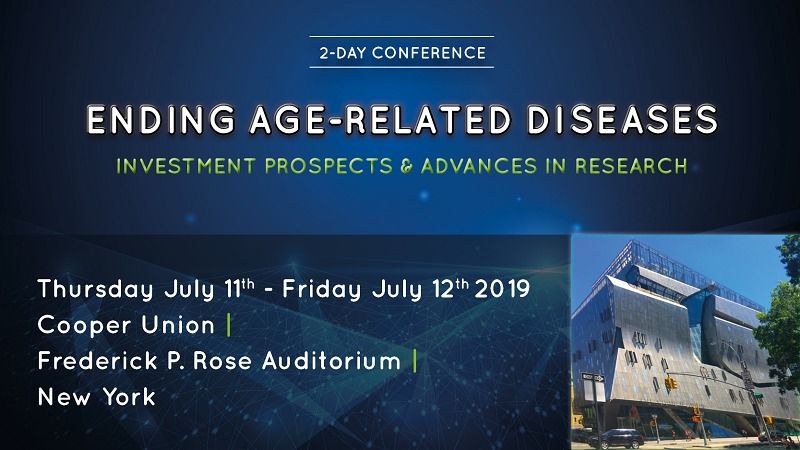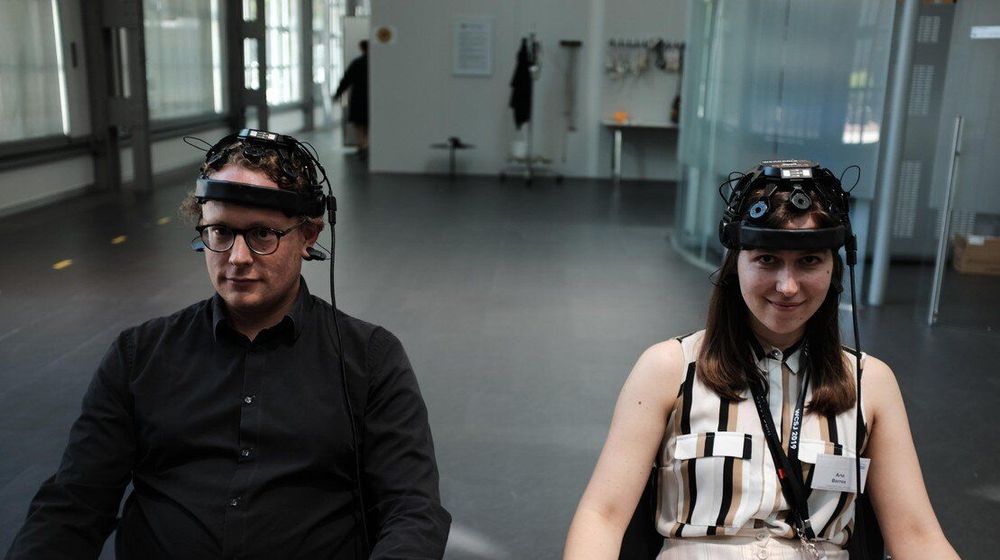LOWELL, Mass. – Eggshells can enhance the growth of new, strong bones needed in medical procedures, a team of UMass Lowell researchers has discovered.



Evolution is one of nature’s most impressive forces, allowing organisms to adapt to changing environments to survive. By harnessing and guiding that process scientists have managed to manipulate micro-organisms into producing useful new drugs and materials, but it’s still a time-consuming process. Now, researchers at the University of North Carolina (UNC) have developed a new tool that speeds up the process in mammalian cells, creating new therapeutics in a matter of days.

Think of DNA and chances are the double helix structure comes to mind, but that’s only one piece of the puzzle. Another major part is mitochondrial DNA, and in plants that’s even more important – and so complex that scientists haven’t yet been able to edit the genes in there. Now a team of Japanese researchers has managed to do just that, which could help improve the genetic diversity of crops.
Dr Aubrey de Grey doesn’t just believe that aging, and the suffering that comes with it, can be slowed down — he believes it can be undone altogether.
What’s more, he thinks we are merely a few years away from making the scientific breakthroughs that will enable the medical field to put an end to death related to ageing — for good.
His independently funded non-profit, the SENS Foundation, is at the forefront of radical research that combines the problem solving approaches of technology with geriatric medicine.
In this conversation, he talks to Rob about his refusal to age gracefully, the biases of modern science, immortality, and why he won’t waste his time thinking about whether or not God exists.
▶▶ NEW EPISODE EVERY WEDNESDAY!

If scientists could find a way to control the process for making semiconductor components on a nanometric scale, they could give those components unique electronic and optical properties—opening the door to a host of useful applications.
Researchers at the Laboratory of Microsystems, in EPFL’s School of Engineering, have taken an important step towards that goal with their discovery of semiconducting nanotubes that assemble automatically in solutions of metallic nanocrystals and certain ligands. The tubes have between three and six walls that are perfectly uniform and just a few atoms thick—making them the first such nanostructures of their kind.
What’s more, the nanotubes possess photoluminescent properties: they can absorb light of a specific wavelength and then send out intense light waves of a different color, much like quantum dots and quantum wells. That means they can be used as fluorescent markers in medical research, for example, or as catalysts in photoreduction reactions, as evidenced by the removal of the colors of some organic dyes, based on the results of initial experiments. The researchers’ findings have made the cover of ACS Central Science.
An apple a day won’t keep the doctor away for much longer. C02 pollution is sucking the nutrients out of our healthiest foods. #YEARSproject


There are now only two days to go before the Ending Age-Related Diseases 2019 conference at the Cooper Union in New York City. This is our annual conference that brings together industry leaders from biotech research and business.
We have almost sold out of tickets, so if you are thinking about attending, you should act today to secure your place.

Data from Mental Work project, conducted as an experimental artwork at EPFL’s Artlab, indicates that BMI is robust and accessible to the general public, spurring new research collaborations in Switzerland on user experience.
Brain-machine interfaces are rarely found outside of medical clinics, where the disabled receive hours or days of training in order to operate wheelchairs with their minds. Now the largest-ever BMI experiment Mental Work, conducted as an experimental artwork at EPFL’s Artlab, has provided preliminary evidence that training time can be shortened, the use of dry electrodes are a robust solution for public BMI and that user performance tends to improve within a relatively short period of time. The still-to-be-published results suggest that BMI may soon reach a much larger and more diverse population. A new collaboration between the Foundation Campus Biotech Geneva, the EPFL and the HEIG-VD in Yverdon will build on the promising results will build on the promising results of Mental Work to further develop user-friendly and publicly accessible interfaces to interact with the physical and digital world using only one’s mind.
“This is the first demonstration that installation art can be used as an experimental platform for breakthrough science,” says Jonathon Keats, the artist and experimental philosopher who conceptualized Mental Work.
